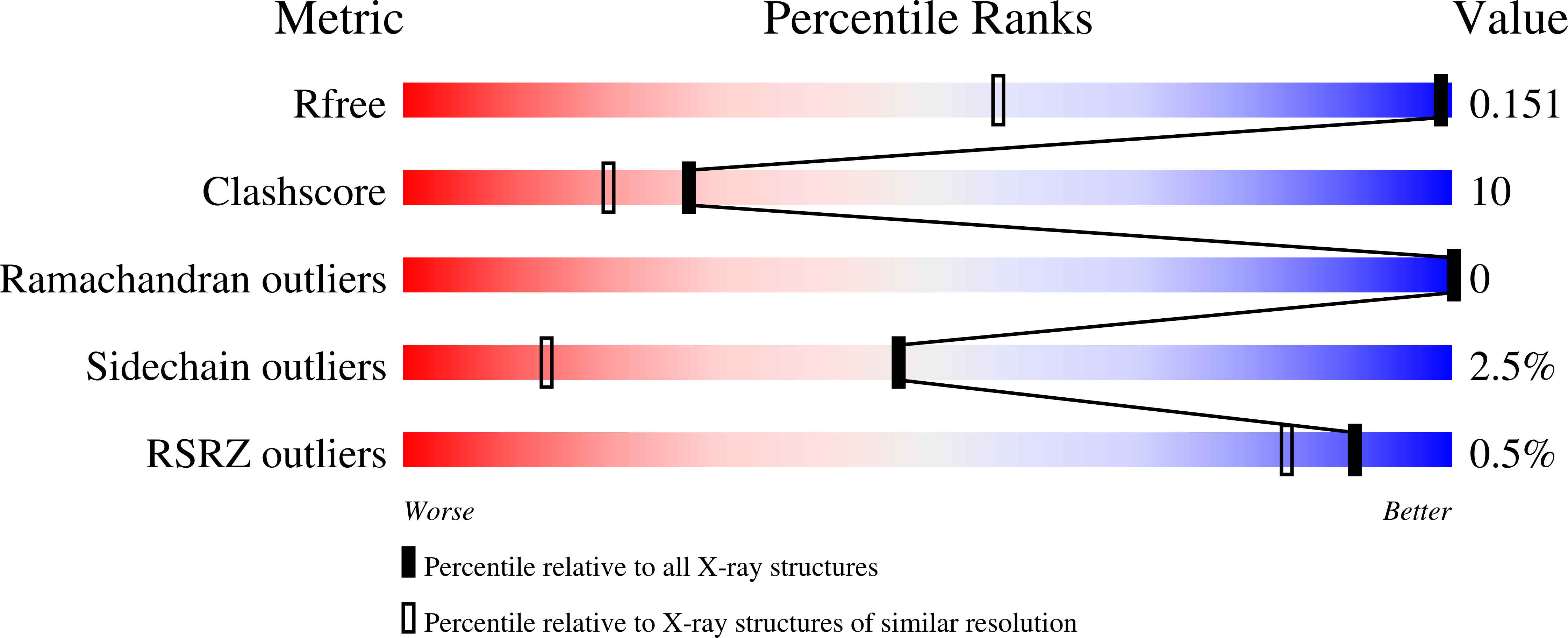
Deposition Date
2006-10-23
Release Date
2007-03-13
Last Version Date
2023-12-27
Entry Detail
PDB ID:
2NMZ
Keywords:
Title:
Crystal structure analysis of HIV-1 protease mutant V82A with a inhibitor saquinavir
Biological Source:
Source Organism:
Human immunodeficiency virus 1 (Taxon ID: 11676)
Host Organism:
Method Details:
Experimental Method:
Resolution:
0.97 Å
R-Value Free:
0.14
R-Value Work:
0.12
R-Value Observed:
0.12
Space Group:
P 21 21 21


